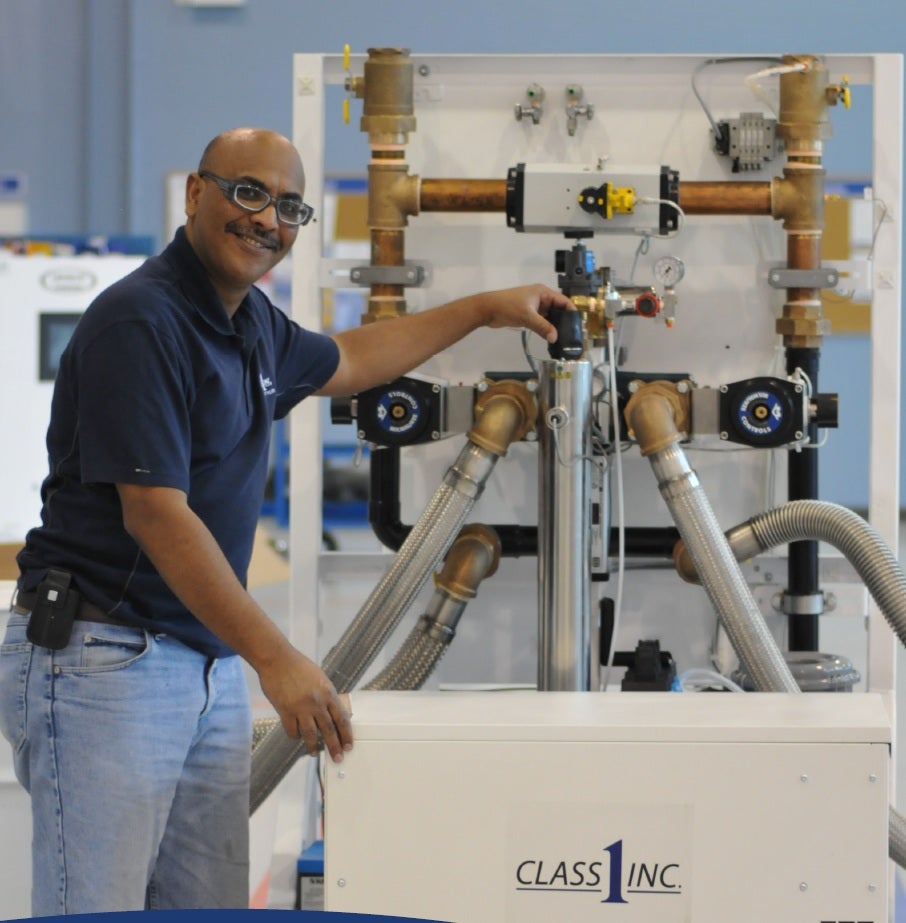Grand River Hospital (GRH) has formally activated its halogenated drug recovery (HDR) system, developed through a research initiative lead by Bill Anderson, professor of chemical engineering, and Class 1 Inc. of Cambridge. This new technology will help battle climate change as it captures waste anesthetic gases exhaled by patients undergoing surgery.
Exhaled air from surgical patients is diverted into specialized equipment in a mechanical room. The anesthetic gases are captured and stored in canisters rather than being released into the environment. The canisters are replaced regularly. Just a single 240 mL bottle of anesthetic gas released into the atmosphere is the equivalent of 1.4 tonnes of carbon dioxide emissions.
“Bill Anderson and his team have given us a worldwide competitive advantage,” says Marian Marshall, vice president of operations at Class 1 Inc., in Cambridge, Ontario. “With this research we have leapfrogged five years ahead of the competition and have invented an innovative anesthetic gas recovery solution for hospitals and medical facilities worldwide."

Osama Elgadi from Class 1 Inc. stands next to the Halogenated Drug Recovery (HDR) system.
Class 1 Inc. worked closely with Anderson and graduate students Mina Mehrata and Leila Emami Taba, from chemical engineering to develop the system over the past seven years. Class 1 Inc. will now take the technology to market, and has installations planned in more than a dozen hospitals across North America. GRH was the pilot site for the research and have incorporated the system into their initiatives to reduce greenhouse gas emissions.
“Our operating rooms support 7,600 surgical cases with general anesthetic every year, and use 854 bottles of anesthetic gases. Class 1’s HDR system will reduce our carbon footprint by more than a thousand tonnes a year,” said Malcolm Maxwell, GRH president and CEO.
The research project was supported by financial contributions and advisory services from the National Research Council of Canada Industrial Research Assistance Program (NRC-IRAP), a grant from Natural Science and Engineering Research Council (NSERC) and The Ontario Centres of Excellence’s Voucher for Innovation and Productivity (VIP). Research work will continue in an effort to refine the process for recycling the captured anesthetics.
To learn more about this research partnership, read the article: "Leapfrogging ahead of the competition with engineering research partnership."